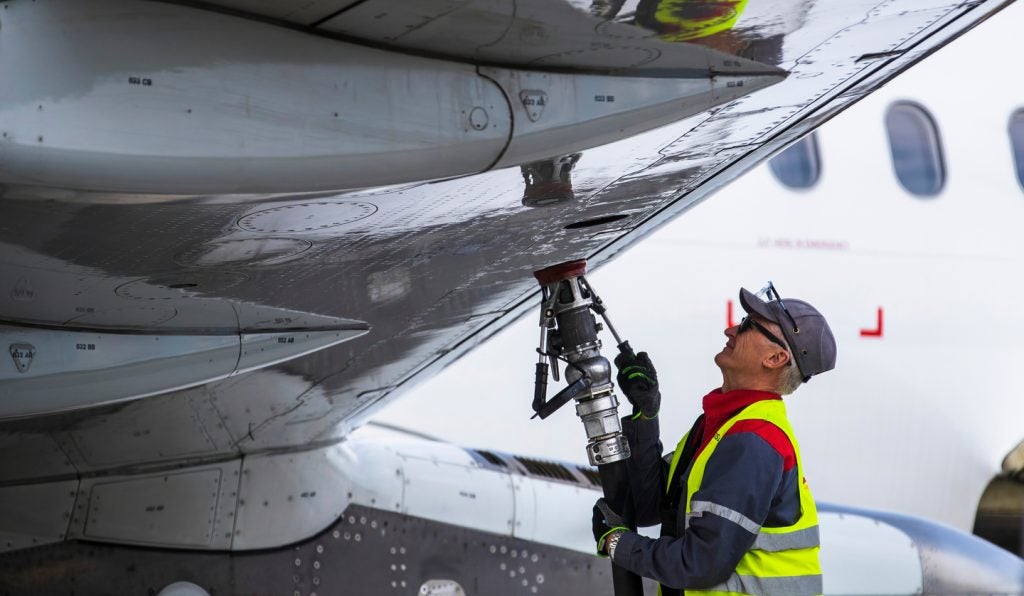The US, China and Singapore are set to have the biggest increases in sustainable aviation fuel (SAF) production capacity by the next decade, according to a new report by GlobalData.
The Global SAF Production Capacity Outlook report by GlobalData’s oil and gas intelligence team put North America far in front of the projected SAF production capacity levels compared to the rest of the world, with the US forecast to have an upcoming capacity of more than 1,200 million gallons per year by 2030.
North America, Asia and Europe were highlighted as the upcoming overall leaders in SAF production, with most of their upcoming capacity to come from new standalone renewable refineries.
Tejomoortula Soorya Sreenivasu, associate project manager for oil and gas at GlobalData, said: “Traditionally... US and European countries are at the forefront of this and the energy transition as they will put proposals in place for renewable fuels and because of their efforts to become carbon neutral by 2050 or 2060.
“Especially if you look at the European Union, a few countries such as France and Ireland have already mandated the use of SAF in aircraft engine operations for the aviation sector to cut down the use of fossil fuel-based aviation fuels.”
The EU itself has recently approved SAF targets that would bind European airports to reach 70% SAF use by 2050, essentially forcing suppliers to ensure its availability in the continent.
While the Middle East’s UAE was also featured in the ten countries forecast to have the biggest increase in production capacity before 2030, Nigeria was the only country included outside of the three highlighted continents.
Additionally, while some growth in the global capacity is projected for 2024, the most significant increase is projected for 2025 and 2026 when most planned or announced SAF production projects are expected to come into operation, with the global production capacity set to stay fairly level after through 2026 and 2030.
GlobalData oil and gas analyst Bhargavi Gandham highlighted the source of these expansions in capacity, saying: “The global SAF production capacity is primarily being planned through standalone renewable refineries. Some crude oil refineries are also either being converted into fully or partially renewable refineries to accelerate SAF production capacity in the future.”









